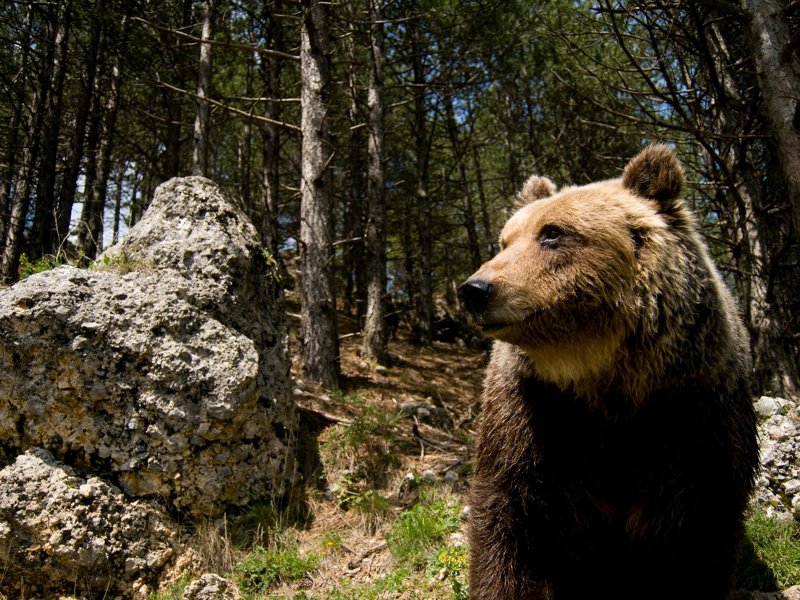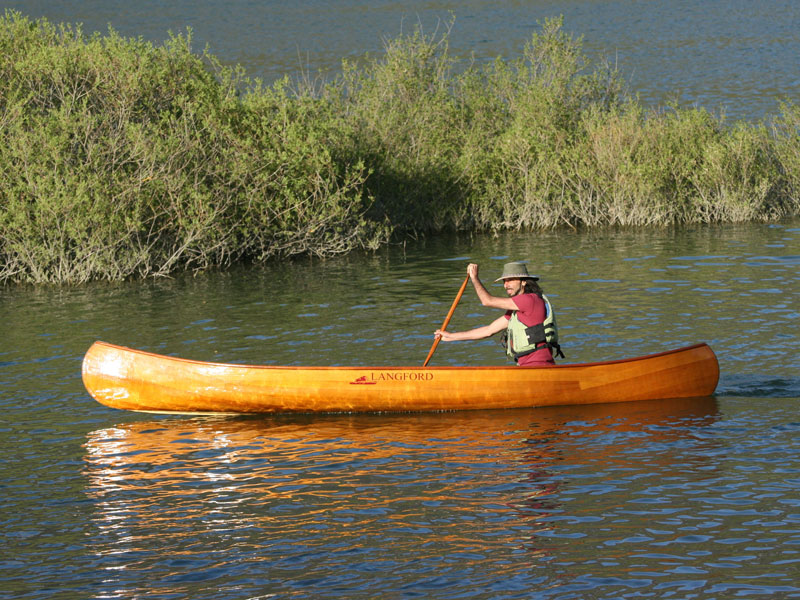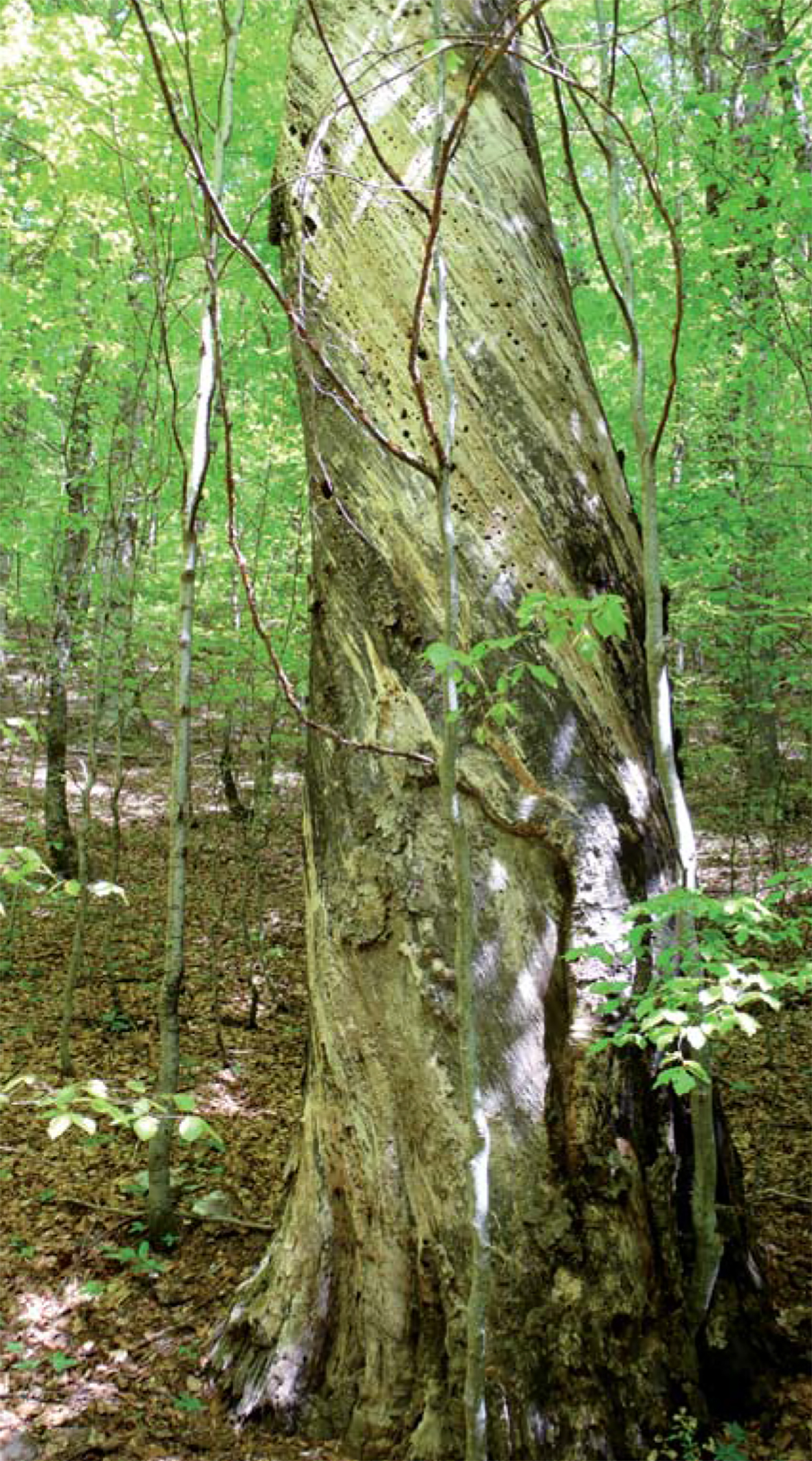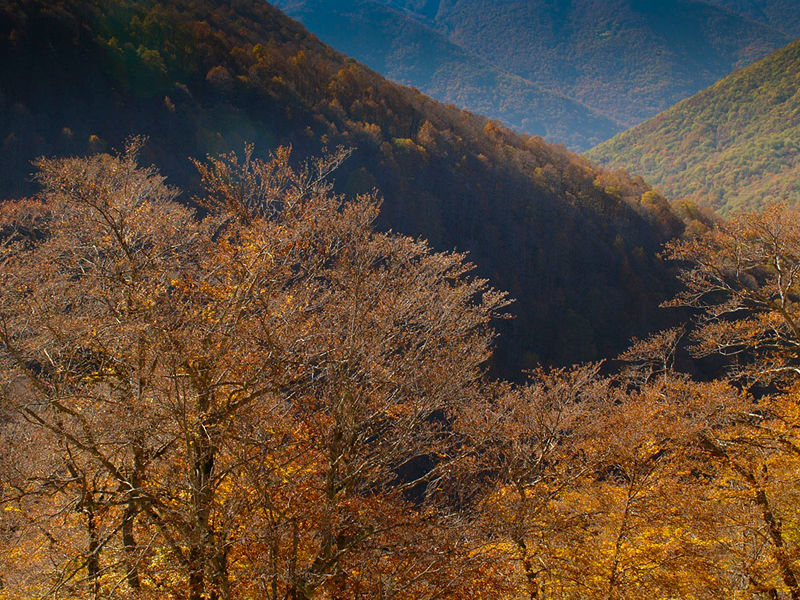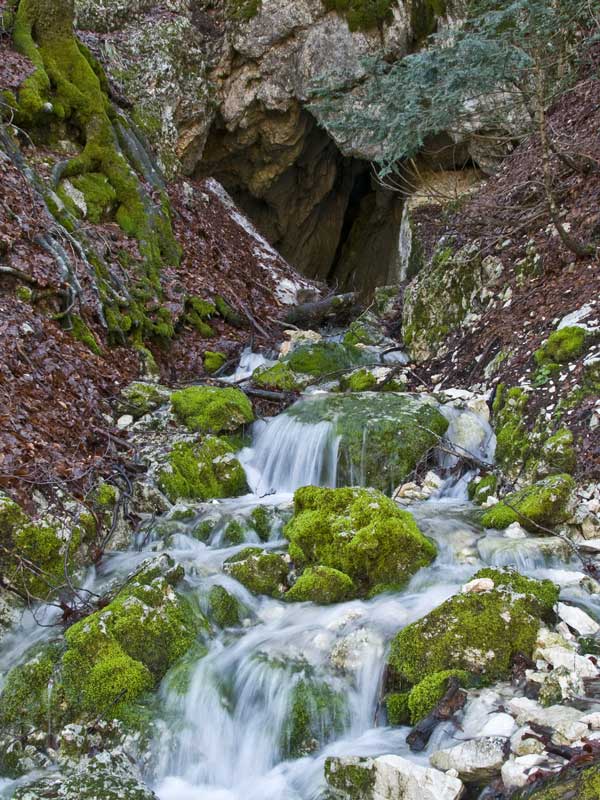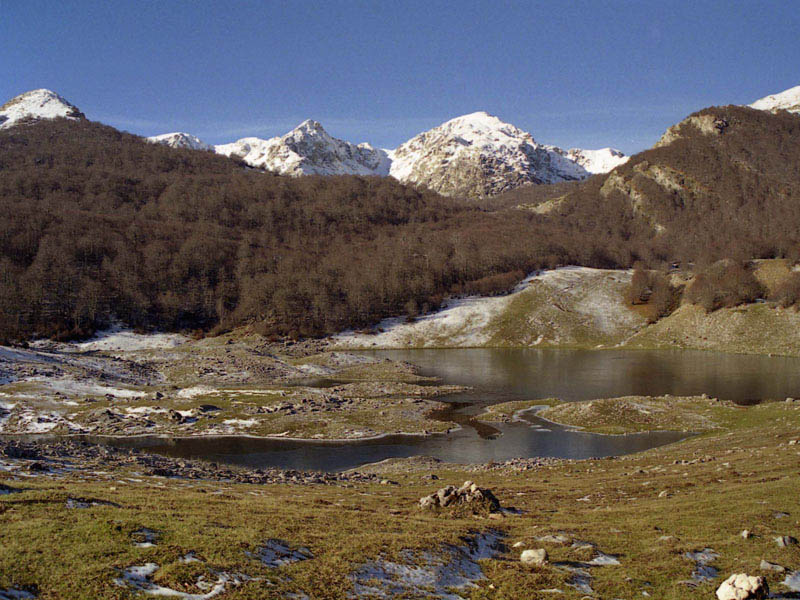
Parco Nazionale d’Abruzzo Lazio e Molise
This post is also available in:
 Italiano (Italian)
Italiano (Italian)
Most of Parco Nazionale d’Abruzzo, Lazio e Molise is located in the province of L’Aquila, while the rest is in the province of Frosinone (Lazio) and Isernia (Molise). It was opened in Pescasseroli in 1922, whereas the institution with the same name was established in 1921. It is the most ancient Italian park to be internationally known for its role in the conservation of some of the most important Italian animal species, like wolf, Abruzzo chamois and Marsican brown bear, but also the first and many initiatives for the modernization and local divulgation of environmentalism. The park is covered in woods of Fagus syIvatica for two thirds of its surface, and it mainly covers mountains and plains. The mountains in the Park, between 900 and 2000 m above sea level, have an interesting and varied landscape, alternating rounded peaks, typical of the Apennines, and steep sides, typical of the Alps. River Sangro flows in the central area, with its many affluents; the rivers Giovenco, Melfa, Volturno and others flow in the external area.
The Park also holds two lakes: Barrea artificial lake, and Lake Vivo. Great endemic mammals were the main reason for the establishment of the park. There are many visitor centres in the park, among which Centro Lupo di Civitella Alfedena (dedicated to wolves and their relationship with man, where you can observe a pack), Centro Orso di Villavallelonga (dedicated to Marsicano brown bears, with a path that allows to observe some partially free specimens) and Centro Rapaci di Barrea, where you can watch birds of prey. It is possible to have a tour of the park: on horseback, trekking, by bike, canoeing, birdwatching, and you can practice cross-country skiing and skiing at the facilities in Pescasseroli and Scanno.
Animals and plants. The park hosts a great variety of animals that once occupied a much more extended area of the Apennines: 60 species of mammals, 300 species of birds, 40 of reptiles, amphibious and fish, many species of insects. Here grow about 2000 major plant species, not taking into account mosses, lichens, weeds and mushrooms. Among the most particular flowers there are: Iris marsica (an endemic specie that grows only in particular places) and many orchids (the most important is Cypripedium calceolus, flowering in the most hidden places).
Ancient woods. In the mountains there are woods with a physiognomy and structure developed over many years, reaching more advanced development and structural stages than the majority of Italian woods where these processes were interrupted by man (rarely by natural factors). Their characteristics match those of old growth forests.
Old growth forests can be found in Val Fondillo, Cacciagrande, Vallone Iancino, Val Cervara, Prati di Iorio and at the foot of Monte Marsicano. The old growth beech woods in Coppo del Morto and della Val Cervara represent an incredibly important naturalistic heritage because they create exceptional habitats for many rare animal species like Rosalia longicorn and barbastelle, a small and extremely rare bat. There are also more than 500 years old plants listed among Italian monumental trees.
This post is also available in:
 Italiano (Italian)
Italiano (Italian)
Contatti
Viale Santa Lucia - Pescasseroli()
0863 91131
info@parcoabruzzo.it
